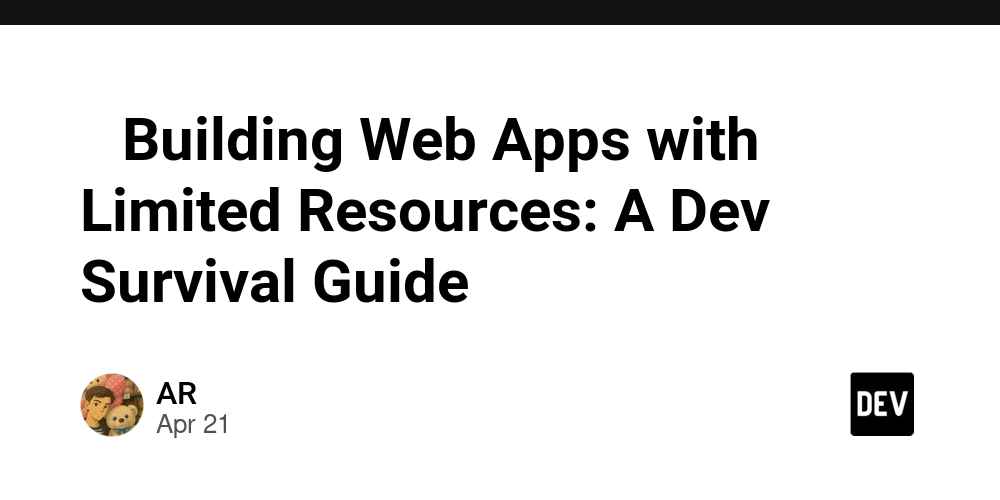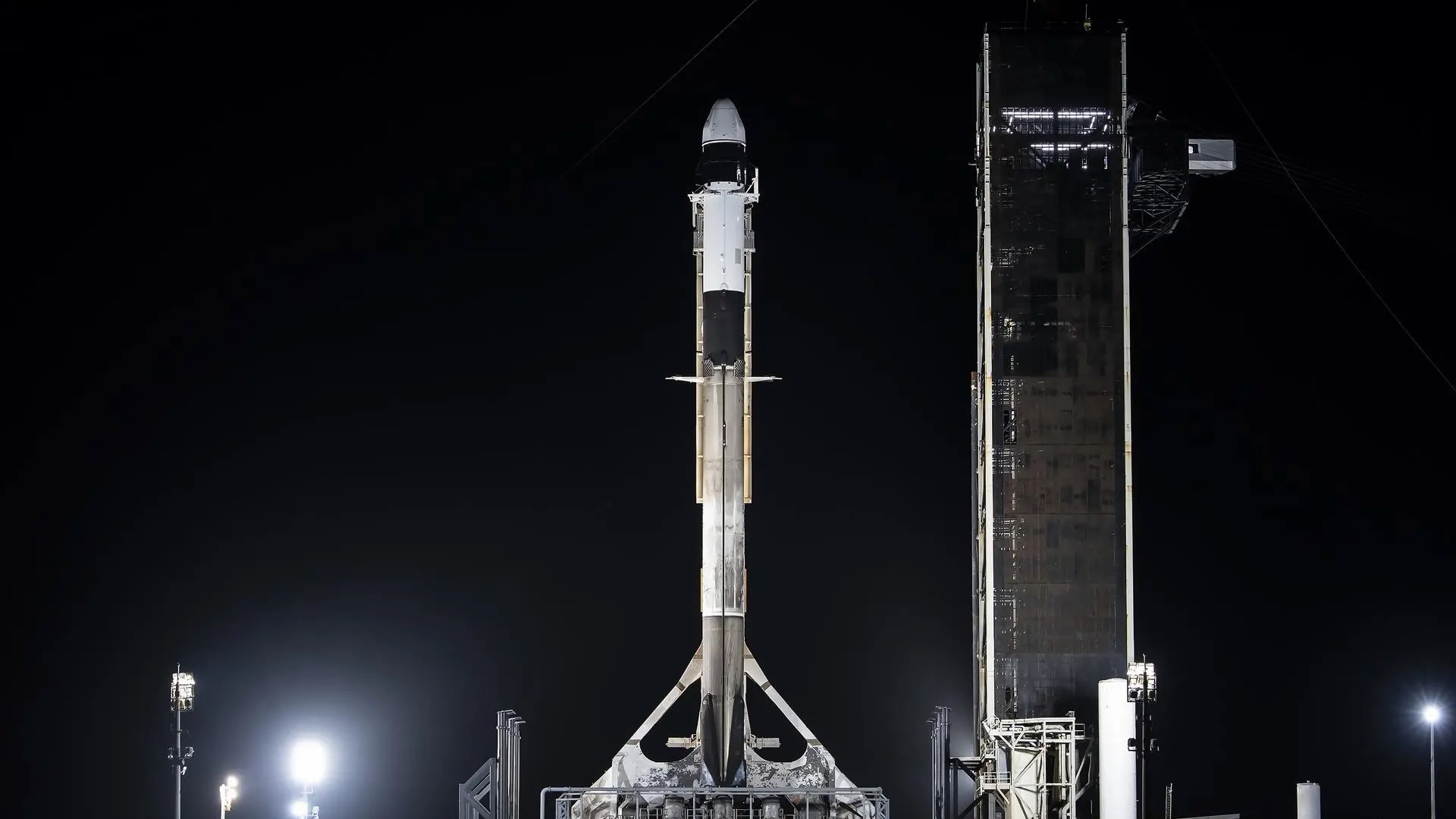Why federal funding for life sciences—now being slashed—is a strategic necessity for America
Today’s federal investments are laying the groundwork for tomorrow’s breakthroughs—and economic prosperity.

In the summer of 1977, the day before Independence Day, physician Raymond Damadian watched as his mechanical invention (dubbed “The Indomitable”) produced a crude image of the internal structures of a living human’s chest. That human, Larry Minkoff, was one of Damadian’s postgraduate students at SUNY Downstate Medical Center.
This moment would accelerate the creation of one of the most revolutionary medical innovations in history: the MRI scan. But the science behind the innovation was decades in the making.
Damadian wasn’t the only scientist experimenting with magnetic resonance. Since the 1950s, chemist Paul Lauterbur had been researching ways to take the signals detected by nuclear magnetic resonance and convert them into images. This made it possible to create an effective map of potential disease. Lauterbur struggled for years to find financing for his research, until securing critical funding from both the National Institutes of Medicine and the National Science Foundation in the early 1970s—support that rapidly advanced his research into MRI’s application in cancer detection.
In 1988, both Damadian and Lauterbur received the National Medal of Technology from President Ronald Reagan. Today, it is impossible to imagine what health care would look like without the MRI. It’s estimated that as many as 150 million MRIs are performed annually across the globe. It’s just one of many examples of American ingenuity, made possible by federal backing.
Modern researchers are embarking on similar journeys in biotech, medtech, and digital health. Their potentially transformative work—much of which is also decades in the making—is fueled by public funding. This is the process that has cemented the United States as the global leader in life sciences and medical innovation.
That position is not guaranteed.
In February, the Trump admin announced that federal funding for research and development at academic institutions would be greatly reduced. Since then, hundreds of research projects have been terminated. Such reductions forfeit our competitive advantage in the global market and put our own economic interests at home at risk.
Meanwhile, other nations are aggressively investing in their life sciences sectors, eager to claim global dominance in STEM. The U.S. is already falling behind when considering research and development (R&D) funding as a percentage of our GDP.
As President Trump said in 2018, “A pillar of national security is economic security and trade.” Our ability to rapidly develop new technologies—from diagnostic tools to cutting-edge therapies—is a national security imperative. We must ensure that we are not relying on other countries, particularly our adversaries, for access to life-saving therapies such as the next COVID-19 vaccines. The life sciences industry generates treatments and cures that keep our nation healthy, and we cannot afford to cut off the steady investment that has made us a global leader in this space.
The U.S. life sciences market is not just a pillar of global health care—it’s an engine for national economic growth. This is an industry that generates $2.9 trillion in economic impact annually and employs 2.1 million people across the country. In Pennsylvania, NIH funding supported nearly 22,000 jobs in 2024 and generated $5.24 billion in economic output. That’s just one state. If you close your eyes and place your finger on a map of the U.S., you’re likely to find high-skill, high-wage life sciences jobs that are invigorating local economies. These are the jobs that are helping sustain our nation’s position as a global leader in scientific discovery.
The human impact of this engine is too big to ignore. At Pennsylvania’s leading academic medical centers alone, nearly 700 ongoing clinical trials funded by the NIH are giving more than 333,000 patients a fighting chance against diseases ranging from cancer to rare genetic disorders. Innovation advances by a process of trial and error. Inherent to the process are risks that the private sector often can’t shoulder alone. Without a committed public funding model, promising medical discoveries are doomed to languish—and the patients who would benefit from them most are left waiting for hope that never comes.
America’s innovators are undoubtedly our secret weapon in the global STEM race. But even the brightest minds need institutional support to turn their groundbreaking concepts into commercially viable, life-saving solutions. If not for the May 2020 launch of Operation Warp Speed under President Trump, NIH-supported mRNA vaccines would not have been ready by the end of that year.
Likewise, if not for funding from the NIH and NSF in the 1970s, Lauterbur would have continued to struggle finding financing to support his experiments with magnetic resonance. Damadian may not have built “The Indomitable” in 1977—at least not before foreign competitors. After all, it was Soviet scientist Vladislav Ivanov who first proposed the concept of magnetic imaging in 1960. Thankfully, history didn’t play out that way. The U.S. federal government invested, and in doing so, claimed one of the most important medical breakthroughs of the 20th century.
Funding for life sciences innovation is not an optional expense. It’s a strategic necessity that gives our nation a competitive edge. Just as federal dollars propelled MRI technology from a research concept to an indispensable medical tool, today’s federal investments are laying the groundwork for tomorrow’s breakthroughs in medtech, biotech, and digital health. Scaling back now would be disastrous—akin to throwing in the towel in the STEM race.
The choice is clear: The U.S. can continue to lead the world in life sciences, ensuring economic growth, job creation, and better health outcomes, or we can allow our scientific brilliance to stagnate. If we want to remain at the vanguard of innovation on the international stage, we can’t afford to scale back federal funding.
In the global STEM race, the prize is economic prosperity that fuels strong national security. America is winning—for now.
The opinions expressed in Fortune.com commentary pieces are solely the views of their authors and do not necessarily reflect the opinions and beliefs of Fortune.
This story was originally featured on Fortune.com








































































